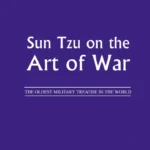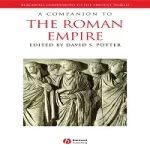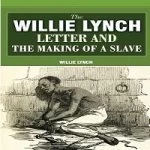Introduction
Ever wonder how we piece together the vast, chaotic, beautiful puzzle of human history? That’s exactly what Prentice Hall World History by David Harris sets out to do. This textbook isn’t just a pile of dates and dusty facts—it’s a carefully crafted journey through the timelines, triumphs, and turning points that shaped our world. Whether you’re a student, teacher, or just a curious mind, this book has something to offer.
| Name of PDF | Prentice Hall World History Textbook PDF |
|---|---|
| No Pages | 1253 |
| Author | David Harris |
| Originally Published | 2014 |
| Language | English |
| Genres | History |
| Size | 1.4 MB |
| Chek, latest edition |
Table of Contents
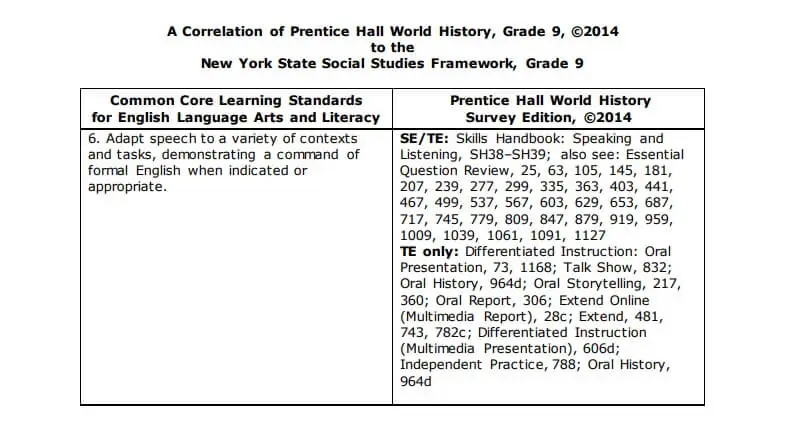
About the Author – David Harris
David Harris isn’t just a name on the cover—he’s a respected historian with a knack for making the past feel present. With years of academic experience and contributions to educational publishing, Harris brings clarity, structure, and storytelling to a subject that can sometimes feel overwhelming.
He’s not just writing for scholars. His goal is to help students see the connections between events, cultures, and ideas. His work on this textbook is a testament to that mission.
Overview of the Book
The Prentice Hall World History textbook is a comprehensive guide to global history, designed with students in mind. It’s organized chronologically and thematically, starting from the dawn of civilization to the complexities of the modern world.
The book spans:
- Prehistoric times
- Ancient civilizations
- Classical empires
- Medieval and early modern societies
- Revolutions, industrialization, and modern globalization
Each unit includes timelines, key concepts, focus questions, and vocabulary that help anchor the content in students’ minds.
Thematic Approach to World History
This isn’t just a chronological recap—it’s a thematic exploration. Harris dives into:
- Political systems: From monarchies to democracies, and how power was gained, maintained, or lost.
- Cultural and religious traditions: Art, architecture, language, and belief systems.
- Social structures: How class, gender, and ethnicity influenced lives across centuries.
- Economic developments: Trade routes, currency, labor systems, and industry.
It weaves these themes through every era, helping readers see patterns and progress.
Key Historical Eras Explored
Ancient Civilizations
We kick things off with the very beginnings—Mesopotamia, Egypt, the Indus Valley, and ancient China. Harris shows how these river valley civilizations laid the foundation for laws, writing, government, and culture.
Classical Civilizations
Enter the golden ages—Greece and Rome. Democracy, philosophy, military conquests, and the birth of the republic. These legacies still echo in today’s world.
The Middle Ages
From feudal Europe to the flourishing Islamic Caliphates and the dynasties of China, the Middle Ages were anything but dark. Harris paints a vivid picture of transformation, trade, and turmoil.
Renaissance and Reformation
The spark of the Renaissance reignited human creativity, and the Reformation rocked the religious world. This era showcases a shift in thinking that paved the way for the modern age.
The Enlightenment and Revolutions
New ideas challenged old orders. Revolution was in the air—America, France, Haiti. Harris explores how people demanded change, freedom, and representation.
The Modern Era
Industrialization reshaped society. Empires expanded—and collapsed. Two world wars shattered illusions. Then came the Cold War, decolonization, and the rise of a global economy.
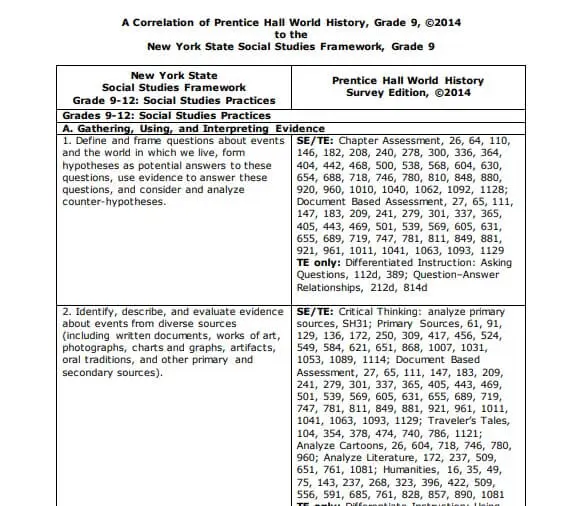
Engaging Visuals and Learning Aids
What makes this book so student-friendly? The visuals.
- Detailed maps to trace empires and trade routes
- Charts that simplify complex ideas
- Photos and illustrations that bring history to life
- “Thinking Like a Historian” sections that push analysis and interpretation
These aren’t just pretty add-ons—they’re teaching tools.
How the Book Supports Curriculum Standards
It’s built to align with U.S. state standards and Common Core. Whether you’re teaching in Texas or California, the structure supports essential benchmarks and prepares students for standardized assessments.
Benefits for Students and Teachers
For students:
- Easy-to-follow format
- Glossary for quick reference
- Study questions for deeper understanding
For teachers:
- Pre-made lesson plans
- Assessment tools
- Supplementary resources
It’s a total package for classroom use.
Criticism and Controversies
No textbook is perfect. Critics point out:
- A Western-centric bias in some sections
- Oversimplification of certain complex topics
- Limited inclusion of indigenous and marginalized voices
Still, it remains one of the more balanced attempts at global history.
Comparisons to Other World History Textbooks
Compared to other major textbooks like McGraw-Hill’s World History or The Human Record, Harris’s work stands out for its clarity and student engagement. Some books get too academic—this one hits the sweet spot between depth and readability.
Use in the Classroom
Teachers love how adaptable it is:
- Discussion prompts fuel conversation
- Project ideas encourage hands-on learning
- Review sections prep students for exams
Whether you’re flipping the classroom or running lectures, it fits right in.
Digital and Interactive Versions
Yep, there’s an online version too.
- Interactive timelines
- Embedded quizzes
- Audio-read options for accessibility
- Compatibility with Google Classroom and learning management systems
Perfect for hybrid and remote learning setups.
Reviews from Educators
Many educators praise the book’s ability to make world history engaging without watering it down. One high school teacher said, “This is the first time my students actually liked history class.”
That’s saying something.
Conclusion
If you’re looking for a solid, engaging, and well-rounded world history textbook, Prentice Hall World History by David Harris is a strong contender. It’s informative without being dull, comprehensive without being overwhelming, and student-friendly without being overly simplified. Whether you’re a teacher crafting your next lesson plan or a student prepping for exams, this book has your back.
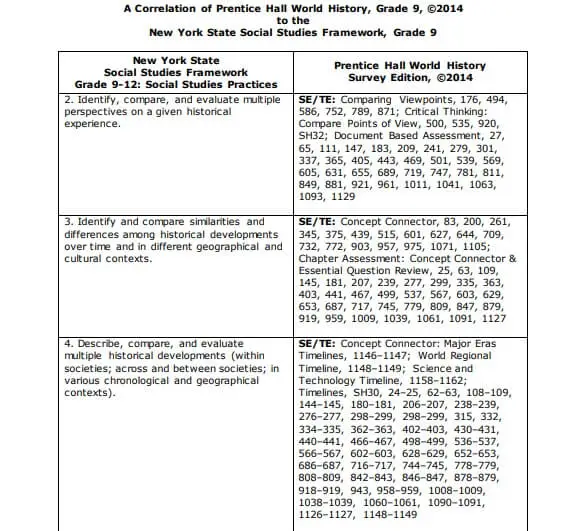
FAQs about Prentice Hall World History Textbook PDF
Who is David Harris, and what is his role in world history education?
David Harris is a historian and author, known for making historical content accessible and engaging, particularly through textbooks like Prentice Hall World History.
Is this textbook suitable for middle school or high school students?
Primarily designed for high school students, but can be adapted for advanced middle schoolers depending on curriculum needs.
Does the book offer support for visual or auditory learners?
Yes! It includes charts, maps, and images, and the digital edition offers audio-read options for auditory learners.
Are there any biases in the textbook?
Like many historical texts, some bias is present—especially toward Western perspectives. Teachers may supplement with additional sources for balance.
Is there a newer edition or updated digital version?
Yes, newer editions and digital versions are frequently released by Prentice Hall/Pearson with updated content and features for modern classrooms.


